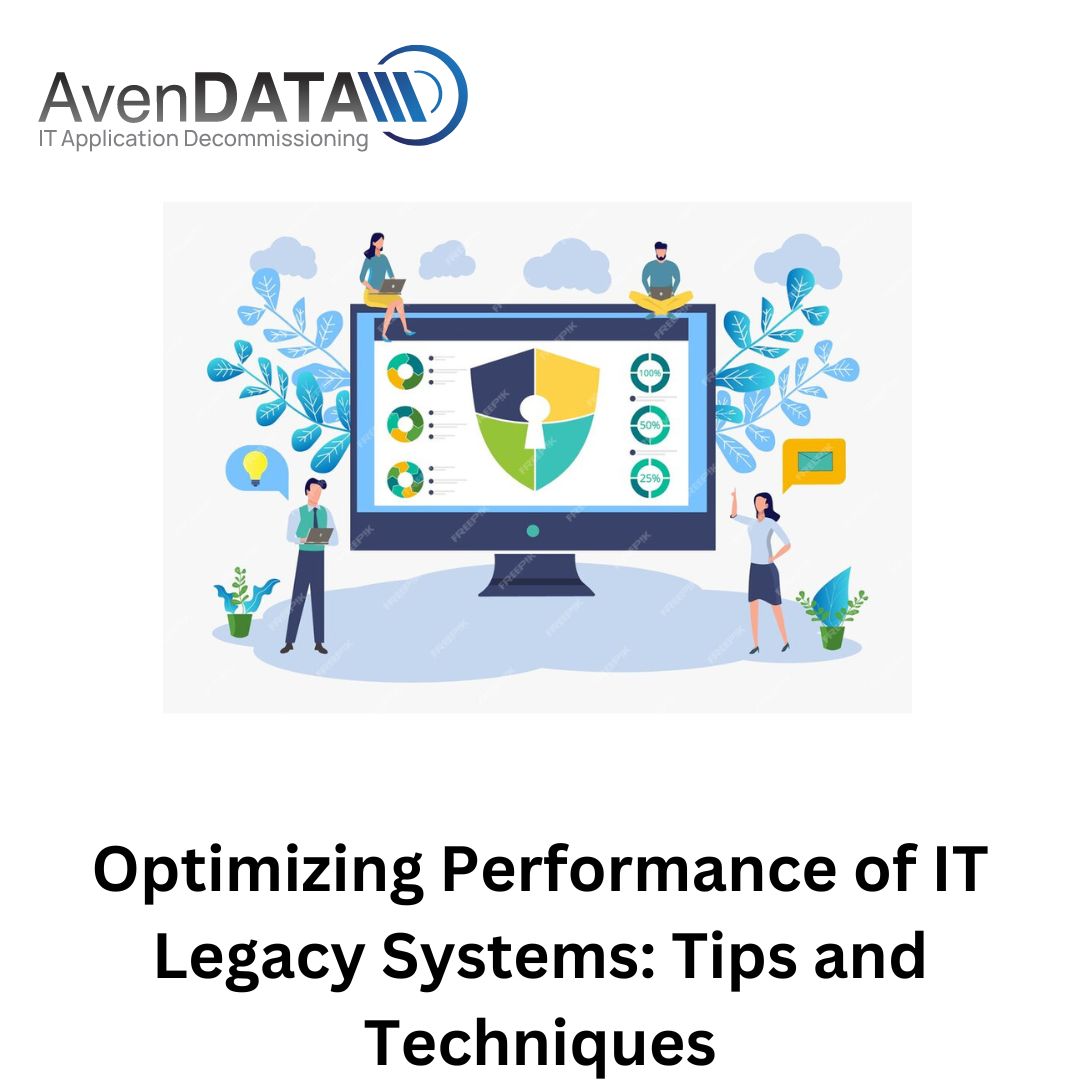In today’s fast-paced technological landscape, organizations often grapple with the challenge of maintaining IT legacy systems. These systems, while foundational to business operations, can become performance bottlenecks if not properly managed. Optimizing the performance of IT legacy systems is crucial for ensuring operational efficiency and cost-effectiveness. Here are some tips and techniques to help you get the most out of your legacy systems.
Regular Maintenance and Updates
Applying Patches and Updates
Regularly applying patches and updates can fix bugs, close security vulnerabilities, and improve system performance.
Hardware Maintenance
Ensuring that the hardware running the legacy systems is in good condition can prevent unexpected failures and improve efficiency.
Performance Monitoring and Tuning
Setting Performance Baselines
Establish performance baselines to understand the normal operation metrics of your legacy systems.
Identifying Bottlenecks
Use monitoring tools to identify performance bottlenecks, such as CPU, memory, or I/O constraints.
Regular Tuning
Regularly tune system parameters and configurations based on monitoring insights to enhance performance.
Database Optimization
Indexing
Proper indexing can significantly improve query performance.
Query Optimization
Analyze and optimize slow-running queries.
Virtualization
Consolidation
Virtualizing legacy systems can help consolidate multiple workloads onto fewer physical servers, improving resource utilization.
Scalability
Virtual machines can be easily scaled up or down based on demand, providing flexibility and improved performance.
Load Balancing
Load Balancer Configuration
Properly configure load balancers to ensure even distribution of traffic.
Monitoring and Adjustment
Continuously monitor load distribution and adjust configurations as needed to maintain optimal performance.
Cache Management
Implementing Caching
Use caching mechanisms to store frequently accessed data in memory, reducing the need for repetitive database queries.
Cache Tuning
Regularly tune cache settings to balance between cache size and system memory availability.
Legacy System Modernization
Microservices Architecture
Break down monolithic legacy applications into microservices to improve scalability and manageability.
API Integration
Implement APIs to integrate legacy systems with modern applications, enhancing functionality and performance.
Capacity Planning
Historical Data Analysis
Use historical performance data to predict future capacity needs.
Scalability Planning
Plan for scalability to accommodate growth in data volume and user load.
Documentation and Training
Detailed Documentation
Maintain comprehensive documentation of system configurations, performance metrics, and optimization techniques.
Regular Training
Provide ongoing training for IT staff to keep them updated on the latest optimization and maintenance practices.
Conclusion
Optimizing the performance of IT legacy systems is a multifaceted challenge that requires a proactive and strategic approach. By implementing regular maintenance, leveraging modern technologies, and ensuring robust security and documentation practices, organizations can maximize the efficiency and longevity of their legacy systems. These tips and techniques not only enhance performance but also contribute to the overall stability and reliability of critical business operations.






Comments